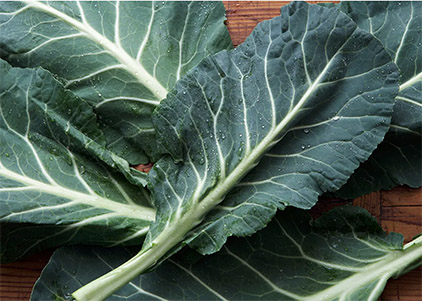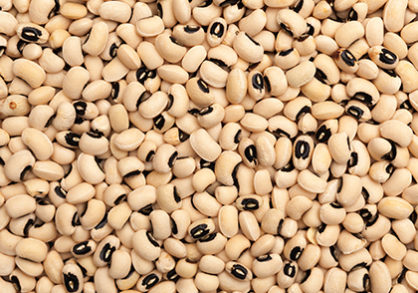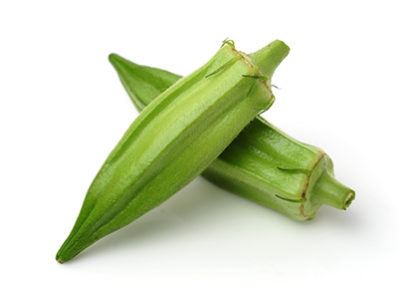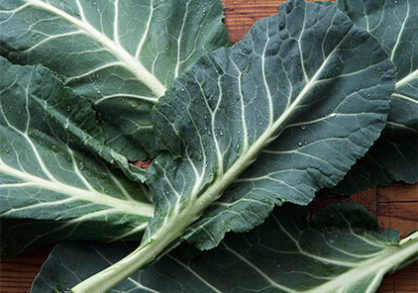
Black cultural heritage shines through in our communities today, with many cultural stories held in food traditions. To honor this heritage, Cornell Botanic Gardens collaborated with partners across Cornell to create “Seeds of Survival and Celebration: Plants and the Black Experience,” a plant display featuring 21 plants significant to the black experience in the Americas dating back to the transatlantic slave trade. Signs, audio narratives, and an indoor exhibit reveal how these plants were grown and used by enslaved Africans and their descendants to survive and thrive and their connection to contemporary American food traditions.
Some of the plants in the display, like okra and black-eyed peas, are native to West Africa and first came to the Americas on slave ships. Plants and seeds of leftover slave ship provisions made their way to the gardens around enslaved Africans’ living quarters. The agricultural skill and resilience of enslaved Africans and their descendants enabled them to supplement their meager food rations while retaining some of their dietary preferences and cultural identities under the trauma of being kidnapped and enslaved.
Other plants in the display include foods introduced to enslaved Africans in the Americas, such as corn, collard greens, and sweet potatoes. Blending the knowledge of preparing foods from West Africa with approaches employed by Native Americans and Europeans gave rise to a variety of regional cuisines, including cornbread and candied yams.
The genesis of gumbo, greens, and grits
Enslaved Africans often added okra to peppery soups and stews made with available ingredients such as seafood, chicken, and pork, giving rise to gumbo, a word derived from ki ngombo, or its shortened form gombo, meaning okra in several West African languages.
Continuing a West African custom of incorporating leafy green vegetables into one-pot dishes, such as soups and stews, enslaved cooks slowly simmered collard greens and other greens with ham hocks or pork belly—today a signature dish in Black and Southern cuisine.
West African cooks traditionally boiled the African grains millet and sorghum to make porridge. Enslaved Africans applied this technique using ground corn, giving rise to grits.
These plants (and many new ones) will be displayed for a second season at Cornell Botanic Gardens in 2023. Until it’s warm enough to grow them outside again, we offer our online plant display to explore how each plant is used in dishes we know and love today as a result of the knowledge, skill, and resilience of enslaved Africans and their descendants.
Virtual plant display
Explore the plants featured in "Seeds of Survival and Celebration." Click on each image to learn more.


